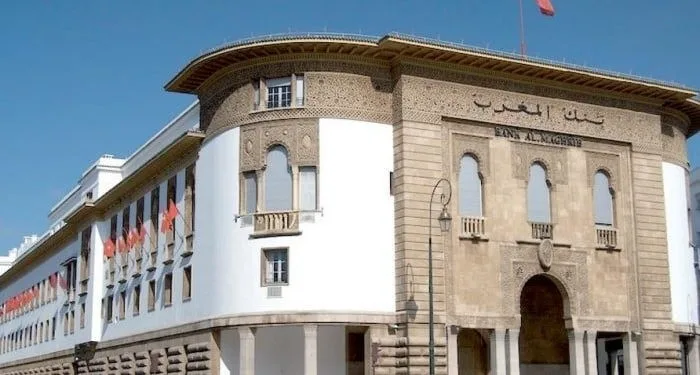Morocco’s central bank, Bank Al-Maghrib (BAM), has published this week the first version of its practical guide on the fight against money laundering and the financing of terrorism (AML-CFT).
This guide, which is part of efforts to raise public awareness about the risks of money laundering and terrorism financing, explains what money laundering and terrorism financing are, and presents the international standards in this area, as well as the system put in place in Morocco to comply with them.
The new guide was elaborated in collaboration with the National Financial Intelligence Authority (ANRF), the National Commission for the Enforcement of Sanctions under the United Nations Security Council Resolutions, the Moroccan Capital Market Authority (AMMC), and the Insurance and Social Welfare Control Authority (ACAPS).
It introduces the key actors in the national framework, including the National Financial Intelligence Authority, the National Commission for Sanctions under United Nations Security Council Resolutions, and the financial sector authorities, along with their missions.
The document delves into the fundamental concepts of money laundering and terrorism financing, detailing the stages of a money laundering operation and the processes involved in financing terrorism. The guide emphasizes the crucial importance of combating these threats to preserve the integrity of the global financial system and prevent the harm they could cause to society.
In this connection, the guide highlights the global threat posed by money laundering, terrorist financing, and the proliferation of weapons of mass destruction. It references the standards of the Financial Action Task Force (FATF), a global money laundering and terrorist financing watchdog, which guides national authorities around the world in effectively tackling such threats.
The guide also explains the consequences of non-compliance with FATF recommendations and Morocco’s legal framework. It clarifies the responsibilities of BAM, AMMC, ACAPS, and other authorities in enforcing AML-CTF laws.
Morocco has already strengthened the legislative, institutional, and oversight aspects of its AML-CTF framework for the country’s financial and non-financial sectors, and the guide details the country’s progress so far. Morocco was removed from FATF’s gray list in February 2023—an acknowledgment of Morocco’s improved AML-CTF measures.



